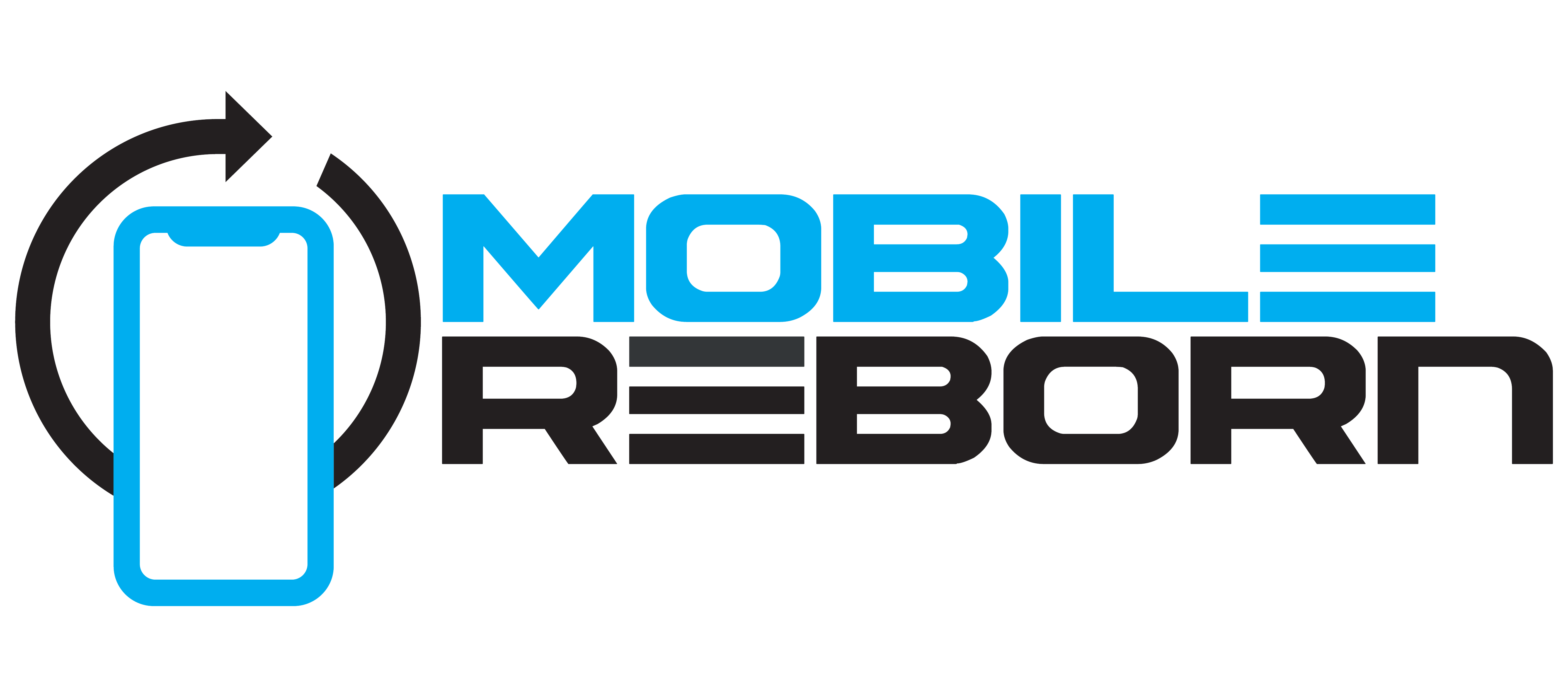Ever wondered what the deal is with eSIMs and physical SIM cards? You’re not alone. With more UK networks rolling out eSIM support newer and phones starting to move away from SIM card slots, it’s time to get clued up. Whether you’re thinking about upgrading, switching networks, or just curious - this guide from Mobile Reborn will break it down for you, nice and easy.
What’s a Physical SIM, Anyway?
A physical SIM card is that tiny bit of plastic you pop into your phone. It holds all your network info - your number, plan, and security details. It’s what connects you to EE, O2, Vodafone, Three, and the rest.
There are a few sizes (standard, micro, and nano), but most modern phones in the UK take nano SIMs. They’re simple, reliable, and easy to swap out - which makes switching phones or networks pretty straightforward.
Pros of a physical SIM:
-
Easy to move between devices
-
Works in almost any phone
-
No setup stress - just pop it in and you’re ready to go
Cons:
-
Easy to lose or damage
-
You’ll need to wait for delivery if you order a new one
-
Takes up space in your phone (which could be used for dual SIMs or SD cards)
So What’s an eSIM?
An eSIM (short for embedded SIM) is the newer, digital version of a SIM card. Instead of being removable, it’s built directly into your phone or smartwatch. You download your network profile - no plastic card, no waiting for post, and no need to be messing with the SIM tray.
You’ll usually just scan a QR code or tap a link from your carrier, and boom - your plan’s activated in seconds.
Pros of an eSIM:
-
No physical card needed - everything’s digital
-
Super quick setup (great for travellers or upgrades)
-
Easily switch between networks without swapping SIMs
-
Perfect for dual SIM setups - one eSIM + one physical SIM
Cons:
-
Not all UK networks or phones support it yet
-
Transferring to a new device can be a bit trickier
-
Some people just prefer something physical they can see and touch
eSIM vs Physical SIM: Which Is Better in the UK?
If you’re someone who upgrades phones often or travels a lot, eSIMs are a game-changer. They make switching networks or grabbing a local data plan abroad super easy.
But if you prefer to keep things simple, or your current device doesn’t support eSIM yet, a physical SIM still does the job perfectly.
In the UK, all major networks like, EE, Vodafone, O2, and Three now support eSIMs for most new phones (think iPhone XR and up, Samsung Galaxy S20 etc.). So you’ve got options.
The Future of SIMs
Like it or not, eSIMs are where things are headed. Apple already launched eSIM-only iPhones in the US, and it’s only a matter of time before the UK follows. That said, physical SIMs aren’t disappearing overnight - they’ll still be around for a while, especially in older phones.
Final Thoughts
If you’re looking to switch, upgrade, or go eSIM-only, make sure your phone supports it - and check with your UK network first.
At Mobile Reborn, we sell refurbished phones that work with both physical SIMs and eSIMs - so you get the best of both worlds without paying full price.
Ready for an upgrade? Explore our range of top-quality refurbished phones - fully tested, great value, and network unlocked so ready for whatever SIM setup suits you best.


